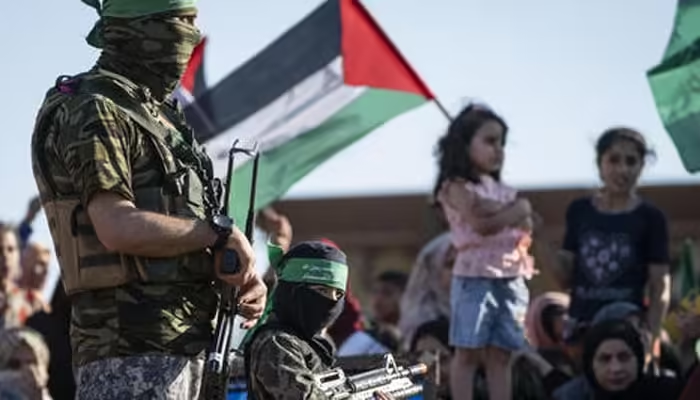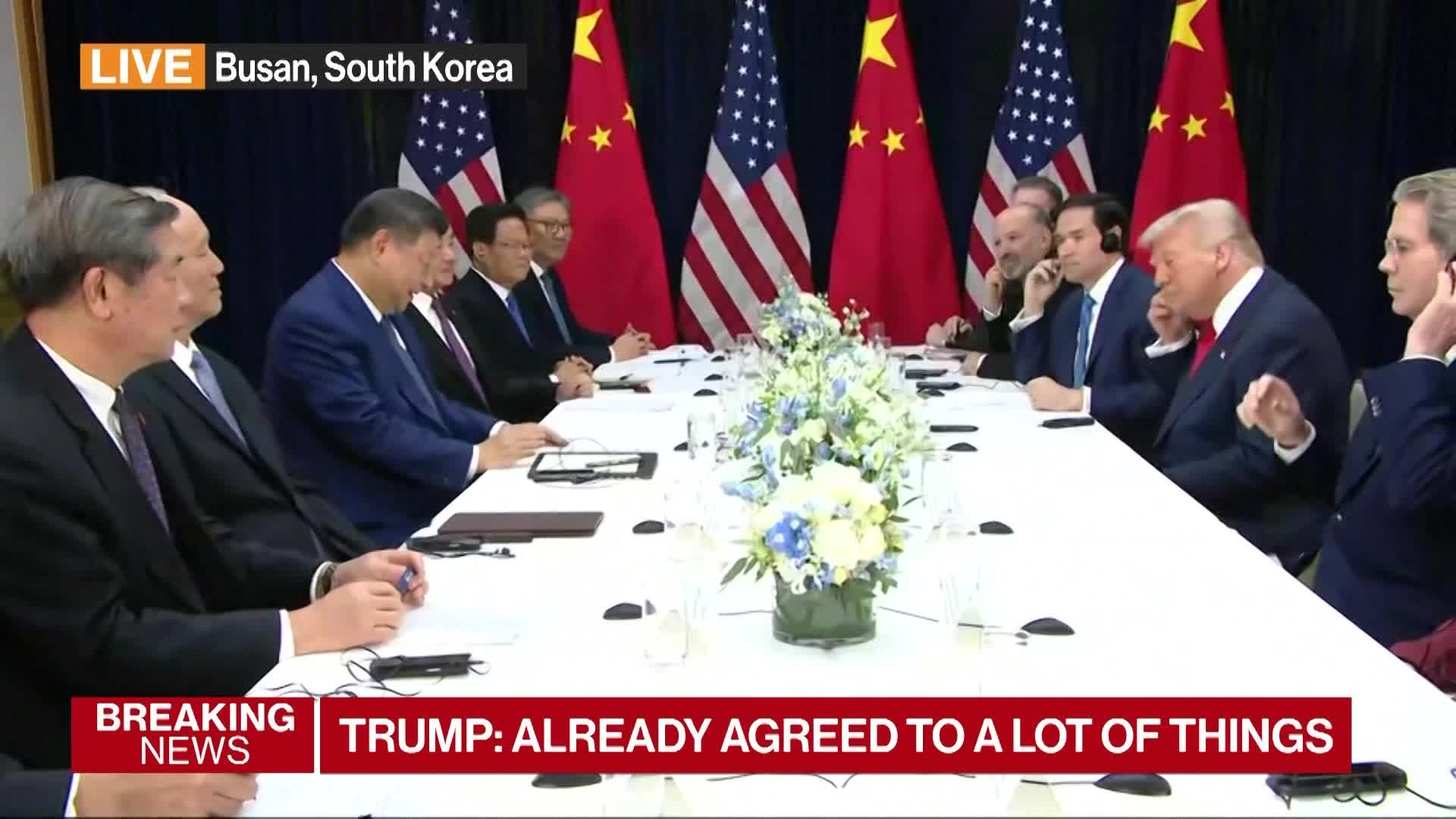In a significant development concerning the ongoing conflict in Gaza, Hamas has voiced its opposition to new ceasefire proposals, calling for increased pressure on Israel to accept the American plan that Hamas has already agreed to. A spokesperson for Hamas stated that there is no need for additional ceasefire plans and emphasized that the focus should be on ensuring Israel’s compliance with the existing American-backed proposal.
The rejection of new proposals comes amid ongoing ceasefire negotiations aimed at de-escalating the violence in Gaza. Hamas insists that Israel must be pressured to accept the terms that were part of the American plan, which has been under discussion for several weeks. The plan has reportedly received Hamas’ approval, but Israel’s refusal to withdraw troops from key areas along the Gaza-Egypt border, specifically the Philadelphia Corridor, remains a major sticking point.
Hamas Criticizes Israel’s Position
A Hamas spokesman directly criticized Israeli Prime Minister Benjamin Netanyahu for allegedly trying to sabotage the agreement by refusing to withdraw Israeli forces from the Philadelphia Corridor, a strategic strip of land along the Gaza-Egypt border. This area has long been a contentious point in Israeli-Palestinian relations due to its significance in controlling the movement of goods and people between Gaza and Egypt.
Netanyahu’s refusal to relinquish control of the corridor, according to Hamas, is the primary reason for the current impasse in the ceasefire talks. Hamas has called on international actors, particularly the United States, to apply more pressure on Israel to honor the terms of the ceasefire deal.
U.S. Mediates with New Ceasefire Proposal
Meanwhile, U.S. officials have signaled their intention to introduce a new proposal for the Gaza ceasefire. According to sources, this new draft aims to address the key areas of contention that have prevented the finalization of the ceasefire agreement. American negotiators believe that the majority of the issues have already been resolved, and only a few major hurdles remain.
Among these unresolved issues is Israel’s military presence in strategic areas of Gaza, as well as concerns over border control and the movement of essential goods and humanitarian aid into Gaza. The new U.S. plan, expected to be unveiled next week, aims to bridge these gaps and provide a framework for both parties to agree upon.
U.S. Officials Optimistic About Ceasefire
Despite the challenges, U.S. officials remain optimistic about the chances of reaching a ceasefire agreement in the near future. They have acknowledged that the negotiations are complex, with many moving parts, but believe that progress has been made on most fronts.
The two key obstacles—Israel’s control over the Philadelphia Corridor and the broader issue of border security—are central to the negotiations. Both Hamas and Israel have their reasons for holding firm on these points, but American officials hope that the new proposal will offer enough concessions on both sides to move the process forward.
International Reactions
The international community continues to monitor the situation closely. The ongoing violence in Gaza has led to widespread calls for a ceasefire, particularly from humanitarian organizations that are concerned about the worsening humanitarian crisis in the region. Many civilians have been displaced due to the conflict, and access to food, water, and medical supplies has become increasingly difficult.
Several countries have expressed support for the U.S.-led ceasefire efforts, but there are concerns about whether the new proposals will be enough to break the deadlock. The European Union, the United Nations, and various Middle Eastern nations have all urged for an immediate halt to the violence and have called on both sides to prioritize the safety and well-being of civilians.
Hamas’ Demand for Firm Action
Hamas has made it clear that it does not see the need for further proposals. Instead, the group has urged the international community to focus on pressuring Israel to accept the terms of the American plan. The Hamas leadership believes that Israel’s reluctance to compromise on key issues, particularly its military presence in Gaza, is the primary reason for the continued violence.
The group has stated that it is willing to adhere to the ceasefire agreement but only if Israel fully withdraws from the Philadelphia Corridor and meets other conditions related to border control and the movement of goods. Until these demands are met, Hamas appears unwilling to accept any new proposals that could delay the process further.
Next Steps in the Ceasefire Process
As negotiations continue, the U.S. and other international mediators are working to finalize the new proposal in the hope that it can resolve the remaining disputes. While the current situation remains tense, the introduction of a revised ceasefire plan could offer a pathway to peace if both Hamas and Israel are willing to make the necessary compromises.
However, the success of these efforts will depend largely on whether Israel agrees to meet Hamas’ demands, particularly concerning the Philadelphia Corridor. Until then, the people of Gaza remain caught in the crossfire of a conflict that shows no signs of abating.
In the coming days, all eyes will be on the U.S. and its new ceasefire proposal, which may determine the future of peace efforts in Gaza. Whether this proposal can bring an end to the violence remains to be seen, but the stakes for both sides—and for the civilians caught in the conflict—could not be higher.



